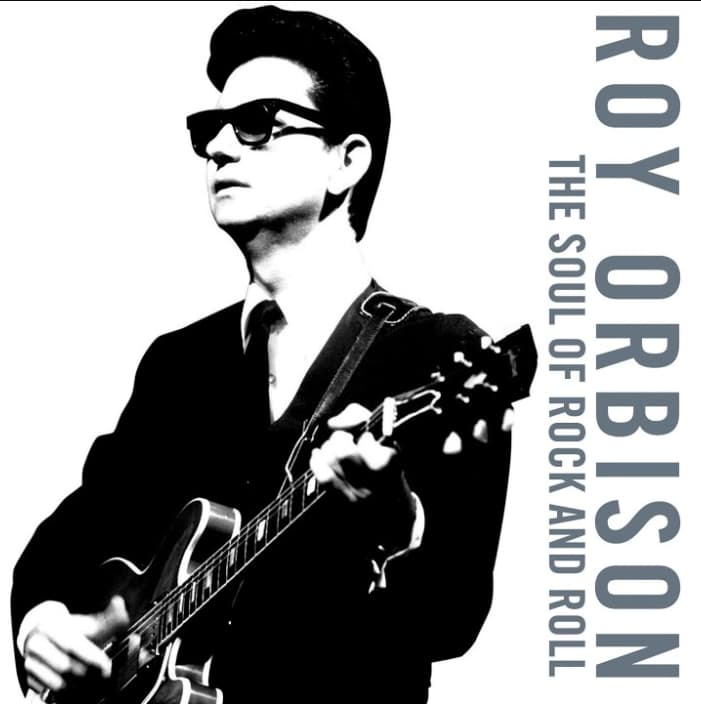
A Whisper of Lost Love, Carried on the Breeze
The spectral beauty of Roy Orbison’s “Borne on the Wind,” released in 1964, is a haunting echo from a time when the “Big O” was at the absolute peak of his vocal and dramatic powers. Unlike his monumental transatlantic smashes, this track offers a more introspective, almost fleeting moment of melancholic genius. While it wasn’t a major single in the United States—perhaps never released as one there—it found a comfortable home with British listeners, charting on the Official Singles Chart Top 100 and peaking at Number 15. Its success across the pond, a year when Orbison was dominating with colossal hits like “It’s Over” and “Oh, Pretty Woman,” speaks volumes to the enduring, universal appeal of his unique brand of operatic heartache.
The song itself, a collaboration between Orbison and his frequent songwriting partner Bill Dees, is a quintessential example of his style: a beautifully crafted, highly emotional ballad about enduring love and poignant loss. The meaning is woven directly into its evocative title and lyrics; it is a profound rumination on the transitory nature of a lost love, the memory of which is so tender yet so ephemeral, it’s like a song that remains in the heart, only to be “borne on the wind.” The object of the narrator’s affection is gone, yet their memory lingers “on and on,” a soft, spectral presence that lives again in his dreams and in the “soft refrain” of his heart. The heartbreak is immense, driven by the realization that she “led me on, lured me on / But when I fell you were gone.” It’s the ultimate romantic tragedy, an experience many of us who have lived a while can instantly recall: the ghost of a relationship that refuses to completely fade, leaving behind a bittersweet ache.
The story behind its recording is nestled firmly within Orbison’s iconic Monument Records era, a period where he, producer Fred Foster, and arranger Bill Porter perfected a signature sound. This sound—featuring lush, dramatic orchestral arrangements, an understated rhythm section, and Orbison’s breathtaking, multi-octave voice soaring above it all—created a musical world wholly distinct from the rest of early rock and roll. His songs from this time, including “In Dreams” and “Crying,” were theatrical vignettes, and “Borne on the Wind” carries that dramatic flair, even in its quiet despair. It’s a testament to his artistry that he could follow up the ferocious confidence of a track like “Oh, Pretty Woman” with such profound vulnerability.
For those of us who grew up with the Big O, this song is a doorway back to a simpler, yet intensely felt, time. It evokes the memory of sitting alone with the turntable, the voice of Roy Orbison—a voice that critic Dwight Yoakam famously described as “the cry of an angel falling backward through an open window”—filling the room and giving voice to the inarticulable agony of first heartbreak. It wasn’t just his powerful tenor and glass-shattering falsetto; it was the authenticity of the emotion, the sense that this painfully shy man, hiding behind dark glasses, understood a loneliness that was absolute and true. “Borne on the Wind” is less about a booming crescendo and more about the delicate, fragile beauty of a memory you know will be with you forever, yet remains forever out of reach. It is a quiet masterpiece on an album filled with thunderous hits, a moment to reflect on love, loss, and the melodies that keep the echoes of the past alive.